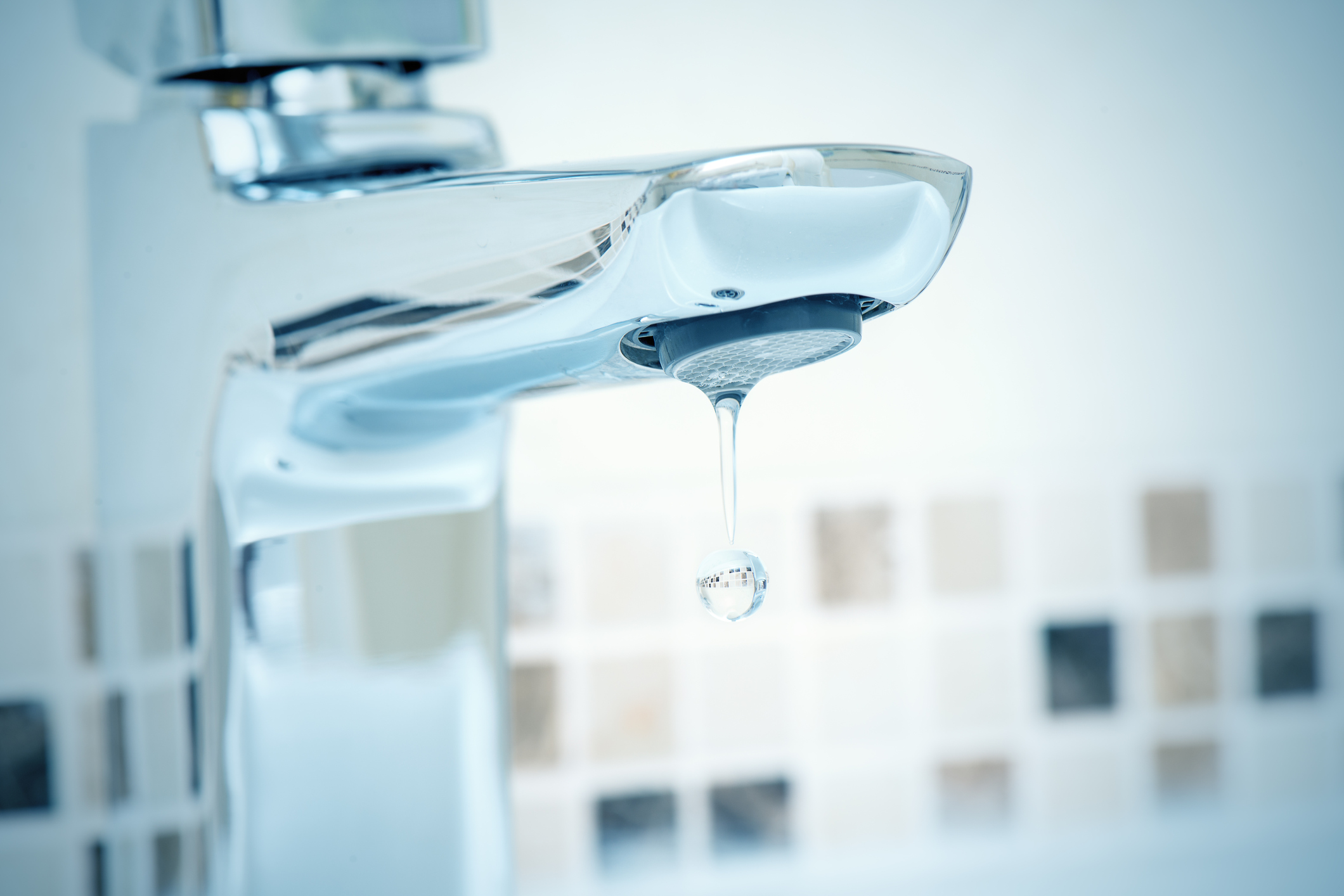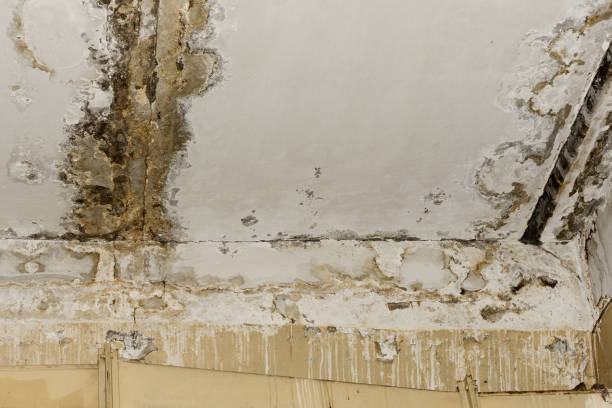What Causes Humidity Harm in the Bathroom
What Causes Humidity Harm in the Bathroom
Blog Article
We have noticed this post on How to Repair and Prevent Bathroom Water Damage? directly below on the net and decided it made good sense to relate it with you on my blog.

Water damage commonly occurs in the shower room due to the water used day-to-day. In some cases, the damage could be a little mold from the shower. Other times, it's substantial damages on your floor. Whatever it is, it is always good to understand the reason and prevent it before it happens.
This overview will certainly go through a few of the common sources of water damage in the shower room. We will certainly also examine what you can do to stop these causes from damaging your washroom. Allow's dive in.
5 Common Root Causes Of Water Damage in Bathrooms
These are the common reasons you would have water damage in your shower rooms and also just how you can detect them:
Burst or Dripping Pipelines
There are numerous pipes bring water to various parts of your shower room. Some pipelines take water to the toilet, the sink, the faucets, the shower, and also several other areas. They crisscross the tiny location of the shower room.
Occasionally, these pipelines might get rusty and ruptured. Various other times, human action can trigger them to leak. When this happens, you'll locate water in the corners of your washroom or on the wall surface.
To find this, watch out for gurgling wall surfaces, molds, or mold. Call a specialist emergency plumbing technician to fix this when it occurs.
Fractures in your wall floor tilesv
Washroom wall surface ceramic tiles have been specifically made for that function. They safeguard the wall from moisture from people taking showers. Nevertheless, they are not undestroyable.
Sometimes, your washroom wall surface ceramic tiles crack and allow some dampness to leak into the wall. This can potentially destroy the wall surface if you don't take any activity. If you discover a split on your wall surface tiles, repair it promptly. Don't wait till it destroys your wall surface.
Overflowing bathrooms and sinks
As human beings, in some cases we make blunders that could cause some water damage in the bathroom. For example, leaving your sink faucet on could cause overflowing and damages to other parts of the washroom with moisture.
Additionally, a damaged bathroom might create overruning. For example, a damaged bathroom take care of or other parts of the cistern. When this happens, it could damage the floor.
As quickly as you observe an overflowing sink or toilet, call a plumbing professional to aid deal with it right away.
Roofing Leakages
Often, the issue of water damage to the restroom may not come from the restroom. For example, a roof covering leak might cause damages to the shower room ceiling. You can find the damage done by checking out the water stains on the ceiling.
If you locate water stains on your ceiling, inspect the roofing system to see if it's harmed. Then, call a professional to aid address the problem.
Excess Moisture
It's awesome to have that lengthy shower as well as splash water while you hem and haw and imitate you're performing, yet in some cases these acts can trigger water damage to your bathroom.
Sprinkling water around can create water to go to corners and also form molds. Enjoy how you spread excess wetness around, as well as when you do it, clean it up to avoid damage.
Conclusion
Water damage to your shower room can be aggravating. However, you can manage it if you protect against several of the reasons stated in this overview. Call a professional emergency plumber if you observe any extreme damages.
Common Causes of Water Damage in a Bathroom
Water damage can appear virtually anywhere in your home, but bathrooms and basements are the two most common areas. It’s easier to spot causes and signs of water damage in an unfinished basement, but that doesn’t mean it’s any less severe to have water damage occur in your bathroom.
Spotting Signs of Bathroom Water Damage
The bathroom is probably the most common place where you’ll use water in your home. Because of this, there’s a relatively high risk of sustaining water damage. The longer water damage goes untreated, the worse it can get. Therefore, you need to know what signs to look for and deal with any damage as soon as possible.
There are often items like rugs, bottles, towels, and so on crammed in every corner of the typical bathroom, which can trap moisture and hide budding problems. But what usually causes the most water damage in a bathroom? How can you spot it, especially with so many items in the way? This article addresses several common ways to notice, prevent, or fix bathroom water damage.
A Recurring or Persistent Musty Odor
Wherever there’s water damage, you almost always find small spots of mold, or even a full-blown infestation. When you leave mold to thrive and grow, it creates a stinking, musty odor that’s pretty hard to miss. Don’t leave musty smells unaddressed—try to find the source so that you can have it repaired before more damage occurs.
Damaged Grout or Caulk
When these sealing agents fail, virtually nothing prevents water from seeping past the barrier, causing water damage and mold growth underneath wall and flooring tiles. Damaged showerheads, spigots, grout, or caulking, combined with excessive moisture, create the perfect environment for mold to thrive.
Loose Tiles or Spongy Floors
Moldy and water-damaged walls make it more difficult for tiles to stay in place, which can cause them to become loose. In addition, persistent moisture on a bathroom floor can result in water damage to the subflooring layer, causing it to degrade, lose integrity, and feel spongy.
Stubborn Growth
If there’s visible mold in your bathroom that you’ve removed more than once, the most likely reason it keeps coming back is a deeper infestation in the walls or floors. It’s critical to deal with this problem immediately to prevent further damage and new or worsening health issues.
https://advantaclean.com/blog/common-causes-of-water-damage-in-a-bathroom/

Common Causes of Water Damage in a Bathroom
Water damage can appear virtually anywhere in your home, but bathrooms and basements are the two most common areas. It’s easier to spot causes and signs of water damage in an unfinished basement, but that doesn’t mean it’s any less severe to have water damage occur in your bathroom.
Spotting Signs of Bathroom Water Damage
The bathroom is probably the most common place where you’ll use water in your home. Because of this, there’s a relatively high risk of sustaining water damage. The longer water damage goes untreated, the worse it can get. Therefore, you need to know what signs to look for and deal with any damage as soon as possible.
There are often items like rugs, bottles, towels, and so on crammed in every corner of the typical bathroom, which can trap moisture and hide budding problems. But what usually causes the most water damage in a bathroom? How can you spot it, especially with so many items in the way? This article addresses several common ways to notice, prevent, or fix bathroom water damage.
A Recurring or Persistent Musty Odor
Wherever there’s water damage, you almost always find small spots of mold, or even a full-blown infestation. When you leave mold to thrive and grow, it creates a stinking, musty odor that’s pretty hard to miss. Don’t leave musty smells unaddressed—try to find the source so that you can have it repaired before more damage occurs.
Damaged Grout or Caulk
When these sealing agents fail, virtually nothing prevents water from seeping past the barrier, causing water damage and mold growth underneath wall and flooring tiles. Damaged showerheads, spigots, grout, or caulking, combined with excessive moisture, create the perfect environment for mold to thrive.
Loose Tiles or Spongy Floors
Moldy and water-damaged walls make it more difficult for tiles to stay in place, which can cause them to become loose. In addition, persistent moisture on a bathroom floor can result in water damage to the subflooring layer, causing it to degrade, lose integrity, and feel spongy.
Stubborn Growth
If there’s visible mold in your bathroom that you’ve removed more than once, the most likely reason it keeps coming back is a deeper infestation in the walls or floors. It’s critical to deal with this problem immediately to prevent further damage and new or worsening health issues.
https://advantaclean.com/blog/common-causes-of-water-damage-in-a-bathroom/
As a serious reader about How to Repair and Prevent Bathroom Water Damage?, I thought sharing that piece was really helpful. Are you aware of somebody who is interested by the niche? Do not hesitate to promote it. I am grateful for your time. Don't hesitate to visit our blog back soon.
We're your solution! Report this page